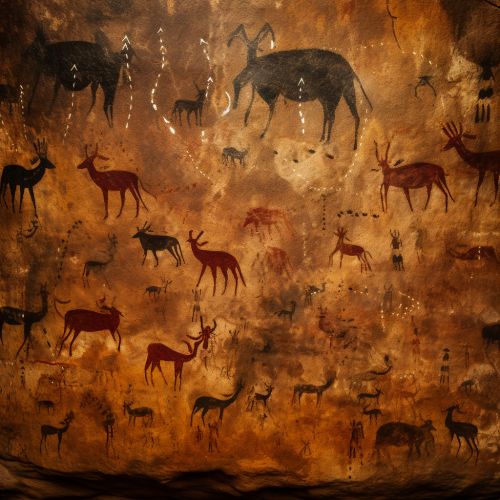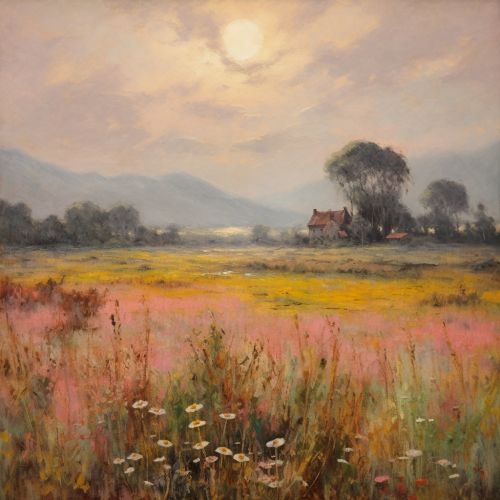Art movements
Introduction
Art movements are the collective titles that are given to artworks which share similar aesthetic qualities, philosophical themes, or the time period in which they were created. These movements are often characterized by the adoption of a specific style, ideology, or methodology that distinguishes them from other art movements. They are typically associated with a specific historical period, ranging from the classical era to the contemporary period.
Prehistoric Art
Prehistoric art refers to the visual arts created in preliterate cultures and thus represents some of the oldest forms of art in human history. This period includes art from the Paleolithic, Mesolithic and Neolithic periods. The art from this period often depicts hunting scenes, animals, and human figures. Cave paintings, petroglyphs, and sculptures are common forms of prehistoric art.


Ancient Art
Ancient art refers to the art produced by advanced civilizations of ancient history. This includes the art of ancient Egypt, ancient Greece, and ancient Rome, among others. The art of these civilizations often served religious or political purposes and includes architecture, sculpture, painting, and pottery.
Medieval Art
Medieval art, also known as Christian art, was produced during the Middle Ages in Europe. This period saw a shift in art style from the naturalistic depictions of the ancient world to a more abstract and symbolic approach. Medieval art includes a wide range of media, including illuminated manuscripts, mosaics, metalwork, and tapestries.
Renaissance Art
The Renaissance was a period of cultural rebirth that took place in Europe from the 14th to the 17th century. Renaissance art is characterized by a renewed interest in the classical world and the use of perspective in painting. The period is also known for the emergence of individual artists, such as Leonardo da Vinci, Michelangelo, and Raphael, who became celebrated figures in their own right.


Baroque Art
Baroque art emerged in the late 16th century and is characterized by dramatic lighting, rich color, and intense emotion. The movement was largely encouraged by the Catholic Church as a response to the simplicity and austerity of Protestant design during the Reformation. Baroque art includes both painting and sculpture, with notable artists including Caravaggio, Peter Paul Rubens, and Gian Lorenzo Bernini.
Romanticism
Romanticism was an art movement that originated in the late 18th century as a reaction against the Industrial Revolution and the scientific rationalization of nature. Romantic artists emphasized emotion, individualism, and the beauty of the natural world. Notable Romantic artists include J.M.W. Turner, Eugène Delacroix, and Caspar David Friedrich.
Impressionism
Impressionism was an art movement that originated in France in the 19th century. Impressionist artists sought to capture the sensory effects of a scene, particularly the changing light and color, rather than its details. Notable Impressionist artists include Claude Monet, Pierre-Auguste Renoir, and Edgar Degas.


Modern Art
Modern art refers to the artistic production from the late 19th century to the mid-20th century. This period saw a shift away from traditional artistic practices and the emergence of a number of new art movements, including Cubism, Fauvism, Expressionism, and Surrealism. Modern artists often sought to challenge existing notions of art and to create works that reflected the modern experience.
Contemporary Art
Contemporary art refers to the art produced from the mid-20th century to the present day. This period is characterized by the diversity of its artistic practices and the lack of a unifying style or ideology. Contemporary art includes a wide range of media, including painting, sculpture, photography, video, and installation art.
Conclusion
Art movements provide a framework for understanding the development of visual art over time. They reflect the cultural, social, and political contexts in which they were created and offer insights into the ways in which artists have responded to their world. By studying art movements, we can gain a deeper understanding of the history of art and its role in human culture.
